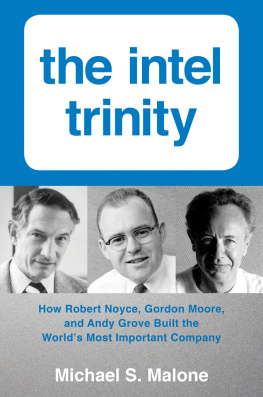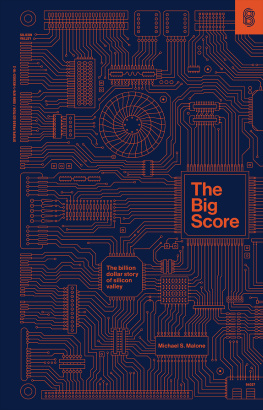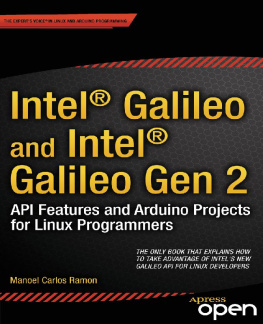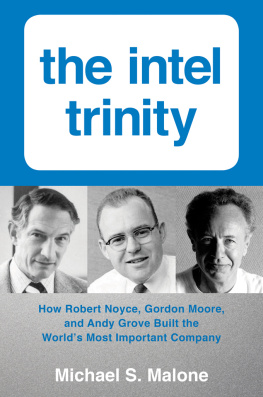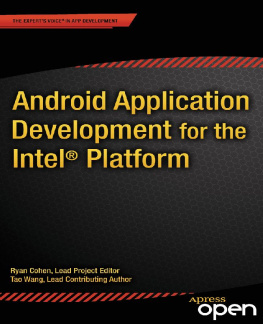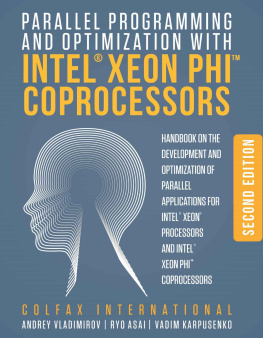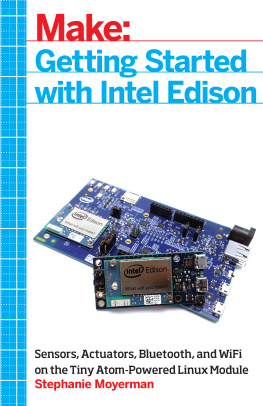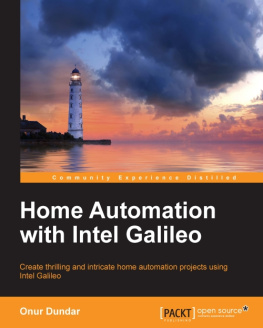Contents
JANUARY 2013
I t was a night for contradictions. After an unusual January day in which the temperature had soared to nearly 70 degrees, the evening had just begun to cool to its proper temperature when the first of the carsMercedes, BMWs, chauffeured Lincoln Town Carsbegan to pull up to the anxious platoon of waiting valets.
The well-dressed men and women slowly climbed out of the cars with the careful and unsure movements of the elderlyan unlikely sight in Silicon Valley, home of the young, quick, and infinitely confident. And as these venerable figures made their way into the entry hall, took their wineglasses from the passing trays, peered at one anothers name tags, and grinned and embraced in recognition, their sincere happiness seemed more like that of a Midwestern high-school reunion than the nervous and wary bonhomie taking place around them in the restaurants and bars of the Valley.
The venue for this partythe private screening of a new PBS American Experience documentary titled Silicon Valley was itself something of a contradiction. Built on what had once been San Francisco Bay marshland inhabited only by burrowing owls, hard by the long-forgotten site (symbolic for what was to come) of a roller-coaster manufacturer, the curved glass-and-steel buildinglooking like the offspring of an airport terminal and a multiplex cinemahad originally been built as the corporate headquarters of high-flying graphic computer maker Silicon Graphics Inc.
But in a vivid reminder of the old Valley rule that whenever a company builds a fancy new headquarters you should short the stock, SGI had crateredand the building, not yet filled with desks and bodies, was abandoned. And there it sat, a white elephant in the middle of a real-estate slump, until the least likely of tenants appeared: the Computer History Museum.
This odd tenant had not been especially welcome upon its arrival in the Valley in 1996. For the previous twenty years, it had been the Computer Museum of Bostona celebration of just the kind of mainframe-computing Big Iron that Silicon Valley had been founded to defeat. But the vanquished computer industry, like generations of other, human, outsiders, had come to Silicon Valley to make a fresh startand the Valley, as always, had allowed it to earn its place. The big old computers were still there on exhibit, but largely pushed to the back, supplanted by the genius of the local companiesIntel, Apple, Hewlett-Packard, Cisco, Googlethat now ruled the digital world.
More important, though, than even the artifacts on display (because in high tech even the hottest new inventions are quickly forgotten), the Computer History Museum had found a new role in the Valley for speeches, reunions, and honors celebrating the pioneers and inventors of the digital age. And now that those founding figures, like the men and women gathered on this night, had grown stooped and graysome of them gone foreverthe museum had found its true purpose in preserving the collective memories and acquired wisdom of the industrys pioneers... preserving them until future generations needed them once again.
Once, that date had seemed far off. Silicon Valley had always been about the future, not the past, about what could be rather than what had been, no matter how glorious. Nobody ever got rich and famous in high tech by looking over his shoulder; rather, you built better telescopes to spot the Next Big Thing as it appeared on the horizon. You had only to walk the exhibit area at the Computer History Museum to see a middle-aged engineer excitedly describing some machine hed worked on three decades before to a young engineer, looking bored and unimpressed. Out in the Valley, on any given Saturday, you could see lines at local junior college recycling lots dumping off tons of obsolete computers, printers, and other devices often little more than a couple years old.
Moores Law, the biennial doubling of computer chip performance that had accelerated the pace of innovation and become the metronome of the modern world, was named after the grandfatherly-looking man who at this moment was making his way into the museum. Moores Law guaranteed that change would be so central to modern life that there would be precious little time left for nostalgia. When you are being chased by demons, your only chance of survival is to keep racing forward as fast as you can; looking back can only scare you. Worse, as Moores Law had been warning for a half century now, it wasnt even enough just to go fast. Rather, you had to go faster and faster, progressing at a pace humanity had never before known, just to keep up.
That unimaginable pace, from living with numberssubscribers, transistors, bandwidth, processing speeds, mass storagethat had no precedent in human experience, was now daily life in Silicon Valley and indeed in the entire digital world. And nowhere was this pace more torturous and unforgiving than just seven miles down the road at Intel Corporation, the home of the microprocessor and Moores Law, the company pledged to the death to maintaining the flame of the Law. The company upon which every enterprise in Silicon Valleyand almost every human institution on the planetnow depended.
And yet despite all of these forces pushing Valley life forward, this evening event represented something brand-new in the story of this restless community. Suddenly, after more than fifty years of incessantly, unrelentingly being news, Silicon Valley had finally and unexpectedly become history. It would now be studied by schoolchildren and be the subject of college courses and endless doctoral dissertations. All of that was occurring already around the world, but as anecdotes and sidebars. Now it would join the main narrative of twentieth- and twenty-first-century history.
And that was the biggest contradiction of allbecause that official history, certified by the most watched history program on Americas public television network, had built its tale of Silicon Valley around the story of Inteland in particular, its charismatic cofounder, Robert Noycethe company that was the very embodiment of living in the future and indeed had chained itself to that future. And now it would be the poster child of Silicon Valleys past.
How would Intel, one of the most valuable companies in the world, builder of the microprocessor engines that powered the global Internet economy, reconcile its endless need to drive chip technology forward at the exponential pace of Moores Law with this growing retrograde pull of its glorious past? There was no obvious answer, but somehow it seemed that the search for a solution to this conundrum of contradictions would begin at this overdue event on this unlikely evening.
Perhaps tellingly, though almost every one of the two hundred people at the premiere were in some way connected to the story of Intel Corporation, only the handful of PR executives who were managing the event for PBS were current Intel employees, people who worked every day in the world of social networks, smartphones, and embedded controllers. Given that it was still early evening, it could only be assumed that the rest of Intels 6,000 employees in the Bay Area (of the 107,000 around the world) were still at the office, battling everything from the encroachments of competitors to the endless Sisyphean challenge of Moores Law. Even Intels CEO, Paul Otellini, who had over his forty years with the company worked with just about everyone in the halland owed his career to many of themwas missing, presumably in action.
Instead, almost everyone else in attendance belonged to an older, now officially legendary, world of minicomputers, calculators, digital watches, and most of all, personal computers. For them, the Internet Age and the dot-com bubble represented the end of their careers, not the beginningand Facebook and Twitter were phenomena they read about in their retirement, the tools and toys of their grandchildren.

